The state of the rails across Aotearoa
A quick rundown on the state of the rails across the motu in the lead-up to the 2025 budget on 22 May 2025
In a recent blog post, I outlined the implications of the 2024-2027 Rail Network Investment Plan for Aotearoa/ New Zealand’s rail network. It made for sobering reading, and I recommend you read this first, if you haven’t already, as it sets the context for this post.
This piece looked forward with some trepidation while this post is a summary of the current state of play across the motu, from Te Tai Tokerau/ Northland to the sometimes forgotten Te Wai Pounamu/ South Island.
Te Tai Tokerau/ Northland - Marsden Point Rail Link
The Rail Network Investment Programme provides $65 million in funding for a detailed engineering design for the Marsden Point rail link. This is a planned 19 kilometre spur designated in 2012 off the North Auckland line at Oakleigh to Northport at Marsden Point, one of the only non-rail connected ports in New Zealand. The bulk of this money is due to be spent in the 2025/2026 and 2026/2027 financial years.
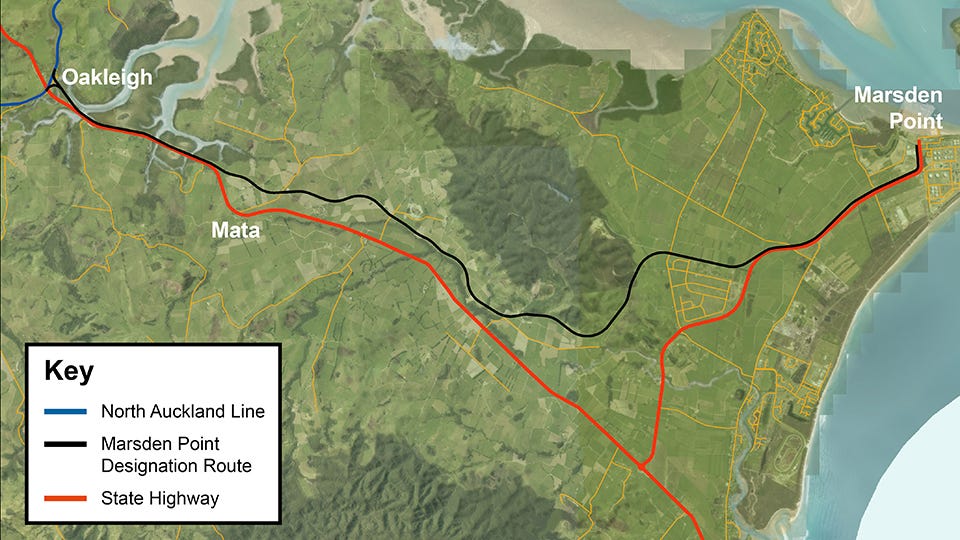
In addition, there is still some funding left for the upgrade of the North Auckland line between Whangārei and Otiria to support 18-tonne axle loads, intended to promote rail transport of Northland logs. This funding was previously on hold pending the outcome of decisions on the Marsden Point rail link.
There is also $40 million worth of Provincial Growth Fund money for land acquisition with $11.4 million remaining to be spent in the current (2024/2025) financial year.
According to the KiwiRail update to the Northland Regional Transport Committee on 1 April 2025,
“A lot of work has already been done - including geotechnical testing of ground conditions along the 19km route. We have been engaging with landowners and mana whenua along the route and have now purchased most of the land needed. We have also made a slight realignment to part of the route to avoid cutting across any Māori freehold land, with the required change to the rail designation (consent) currently with Whangārei District Council for approval. KiwiRail is working on the detailed business case, including accurate costings to build the new line…We intend to submit the business case to the Government later this year.”
It will be interesting to see if there are any goodies for this project in the budget on 22 May 2025.
Tāmaki Makaurau/ Auckland
City Rail Link
This project is in the home straight with virtually all stations and systems complete and the train testing programme well underway. But there’s a long way to go with the testing programme and a whole raft of handover and commissioning activities to take place before it actually open its architecturally impressive doors to passengers. This is set down for 2026. In the meantime, I recommend taking a ride on City Rail Link from Maungawhau to Waitematā stations via this YouTube video.
And check out the Te Ao Māori news piece on the incorporation of Māori design into City Rail Link. When it opens in 2026, it will truly look like it is from and of Aotearoa/ New Zealand.
Third Main Track
The section of the North Island Main Trunk between Westfield and Wiri Junctions is one of the busiest sections of track on the national rail network with 380 freight services and 1,500 passenger services travelling through the area each week. The addition of a third main track will enable separation of slower freight trains from faster suburban services and potentially enable train paths for express and regional trains. This has required the upgrading of Middlemore Station as well as 11 kilometres of new track. Part of this project from Westfield to just north of Middlemore Station was completed with the rail electrification project in 2015. But the section from Middlemore Station to Puhinui Station and Wiri Junction is now in the final stages of testing and commissioning.
Pukekohe Electrification and Southern Stations
The 18 kilometre extension of the Auckland electrified network was completed on 3 February 2025 with electric services running now every 10 minutes in peak, every 20 minutes during the day every day of the week and every 30 minutes late evening to Waitematā/ Britomart Station in Auckland city centre.
In conjunction with this, three new stations - Drury, Ngākōroa and Paerātā - are being constructed in the fast-growing southern growth area of Auckland. Two of these stations - Drury and Paerātā - are in construction now with Ngākōroa to follow.
While it’s great that there are new train stations, they appeared to have been value engineered - or as I like to call it “engineering the value out” - to within an inch of their lives. No artist’s impression can disguise the fact that there is virtually no passenger shelter provided, apart from a couple of glorified bus shelters, in a city known for its significant pluviality (i.e. it rains a lot). One would hope for better for three stations whose cost is pocket change from half a billion dollars.
The Mighty Waikato
Te Huia
After delays due to the COVID-19 pandemic, Te Huia launched in April 2021 with two weekday return services between Hamilton, Rotokauri, Huntly and Papakura - and one return service on a Saturday.
Over the past four years, various improvements to Te Huia services have been made including:
Extension of the service to The Strand in central Auckland.
Additional station stop at Puhinui (with onward connections to Auckland Airport).
Additional daily return service on Thursdays, Fridays and Saturdays from February 2024.
Additional stop at the upgraded Pukekohe station from February 2025 (with simultaneous removal of Papakura stop), resulting in faster overall trip time of up to 15 minutes.
Te Huia passenger numbers are steadily increasing, and passenger satisfaction is very high1.
I am not one to lavish praise liberally but the Waikato region deserves huge kudos for its more than decade-long strong support, backed up with cold hard cash, for reviving passenger rail in the form of Te Huia between Kirikiriroa/ Hamilton and Tāmaki Makaurau/ Auckland.
I just wish that Tāmaki Makaurau/ Auckland would return the favour to the Waikato and actually commit some cold hard cash to support Te Huia, given that it delivers people to Auckland who spend money there and 22 per cent of Te Huia’s customers are Aucklanders.
Given that Auckland managed to find $2.75 billion from behind the sofa cushions to fund its half share of City Rail Link, I am sure another rummage is in order for the modest sum to support Te Huia to be able to provide a Sunday and public holiday service. This would mean that Aotearoa/ New Zealand would then have a single inter-regional rail service that runs every day. Which doesn’t seem like an overly ambitious ask.
The Wairarapa
If the Waikato deserves rail kudos, so do the long-suffering Wairarapa Line passengers who seem to have been presented with a shopping list of everything that could possibly go wrong with a rail line. At its nadir, the Wairarapa Line was achieving a punctuality rate of 5%. That is, 19 out of 20 trains were running late whereas a more acceptable punctuality rate is 19 out of 20 trains running on time.
The latest drama revolves around a lack of specially trained managers for the peculiarities of the Wairarapa Line operation, including the Remutaka Tunnel, leading to regularly planned bus replacements of more lightly patronised services.
According to Wikipedia As a health and safety measure, staff on trains travelling through the 9km diesel-operated tunnel carry gas detectors to detect the build-up of noxious gases. In the rare event of unsafe levels of gas being detected, trains are cancelled and replaced by buses2. As well, fire suppression equipment is required.
The line is going through a $350 million upgrade including such modern innovations as actually having signals (rather than track warrants) between Featherston and Masterton, as well as passing loops and track upgrades to support faster and more frequent train services.
This is supported by crown investment of $802.9 million into the Wairarapa and Manawatū rail lines3 including:
A fleet of 18 4-car units, totalling 72 cars.
Doubling of peak services on both lines and additional off-peak services.
15-minute travel time savings for Kiwis commuting between Wellington and Masterton.
Increased speeds on the Wairarapa line from 90 kilometres per hour to 110 kilometres per hour. These are due to come into service on the Wairarapa and Manawatū lines in 2029 and 2030.
The Manawatū
Over in the Manawatū, Horizons and Greater Wellington regional councils are being asked by Waka Kotahi/ NZ Transport Agency to pony up a larger share of the funding for the operation of the single weekday return commuter train from Te Papaioea/ Palmerston North to Te Whanganui-a-Tara/ Wellington.
On of the face of it, there is some justification for this. But this ignores the fact that Kiwirail operates the Capital Connection with a lack of transparency when compared to its publicly reported operation of Waikato’s Te Huia service.
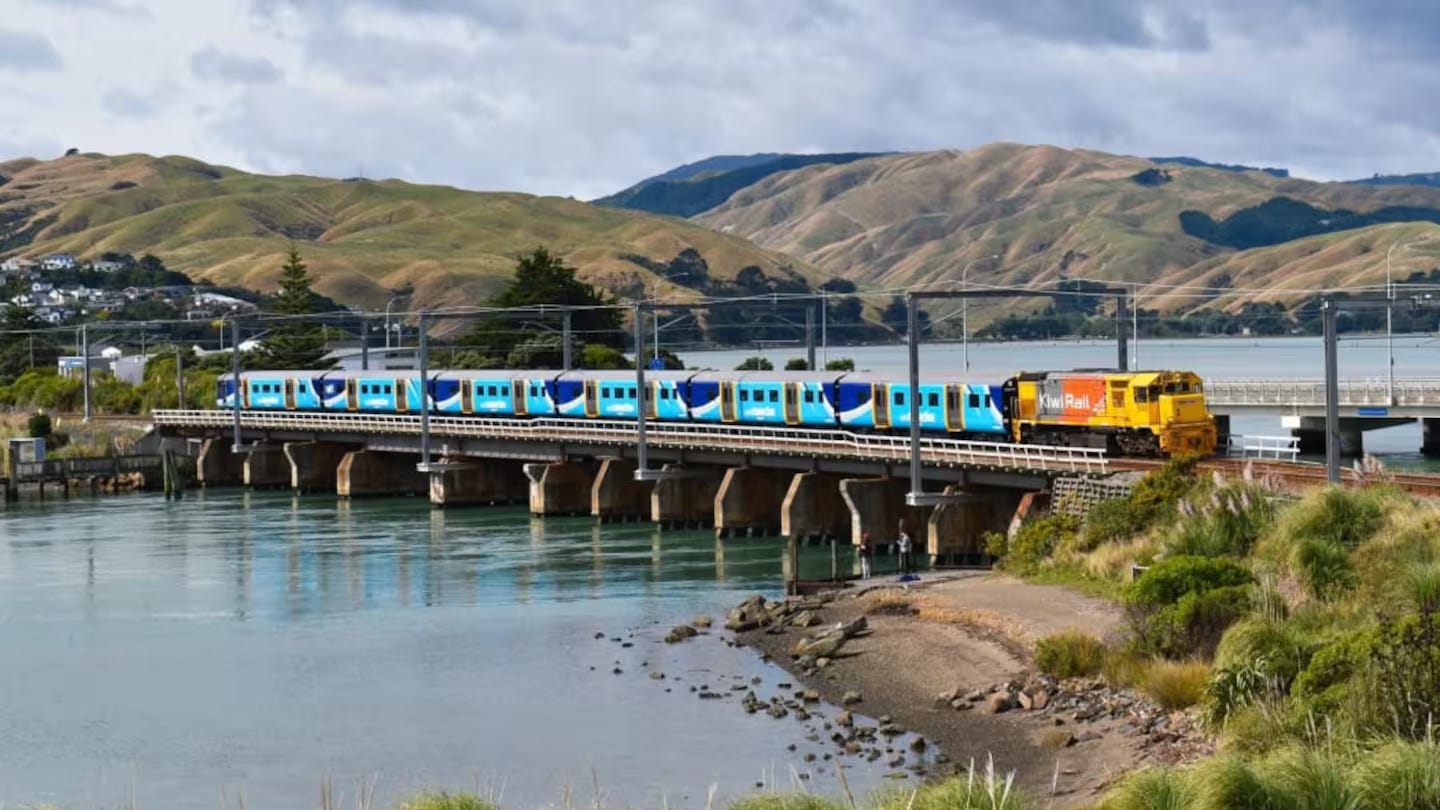
This New Zealand Herald piece from 2024 sheds more light on this.
Annual commuting on monthly passes on the Capital Connection comes in at an eye watering $11,436 a year for a train that runs once a day in each direction on the 250 or so working days of the year.
Generally funding involves a degree of control, management and oversight. As far as I can ascertain, given scant publicly available information, this does not seem to be currently the case for the Capital Connection.
Te Wai Pounamu/ South Island
17 May 2025 saw the first day of a four day revival of a truncated Southerner train between Ōtautahi/ Christchurch and Ōtepoti/ Dunedin. I was on the first train and it was completely full. From what I understand and saw, the passengers were largely older kiwis who had previously used the Southerner when it operated daily between Waihopai/ Invercargill and Ōtautahi/ Christchurch up to 2002.
The fact that these trains sold out in record time shows the level of latent demand for passenger rail in the Lower South Island. And this should be a strong signal to Kiwirail that there is a case for the Southerner to be a regular part of its offerings of largely visitor-oriented, premium-priced scenic rail journeys.
While Kiwirail’s Great Journeys New Zealand trains provide a very high quality visitor experience, they are not public transport which is about affordably connecting people and communities across the motu. We need great visitor experiences but we also need great public transport within and between our towns, cities and regions across the motu. And now more than ever with sky high domestic air fares where a flight from Christchurch to Dunedin can cost up to $470.
In other green shoots from the Lower South Island, the government is backing the proposed Mosgiel inland freight port with an $8.2 million loan for improvements on the rail link to Port Chalmers.
Final thoughts
The fact that Aotearoa’s South Island only gets a passing mention in this piece is sad testament to the lack of attention it gets from central government. We deliberately placed our nation’s capital in the middle of the country so that governments would look both north and south. The North Island is literally powered by the South Island’s electricity and the South Island is the lynchpin of Aotearoa’s vital tourism economy. It deserves better from us than scant attention in public transport and many other things.
Budget 2025, due to be handed down in a few days from time of writing, will be interesting to watch. It has already been signalled that the Rail Network Investment Plan will need to be updated with announcements from Budget 2025. What this will be will likely only be revealed on budget day. So watch out for this.
Information from the Te Huia website
Wikipedia article on the Remutaka Tunnel







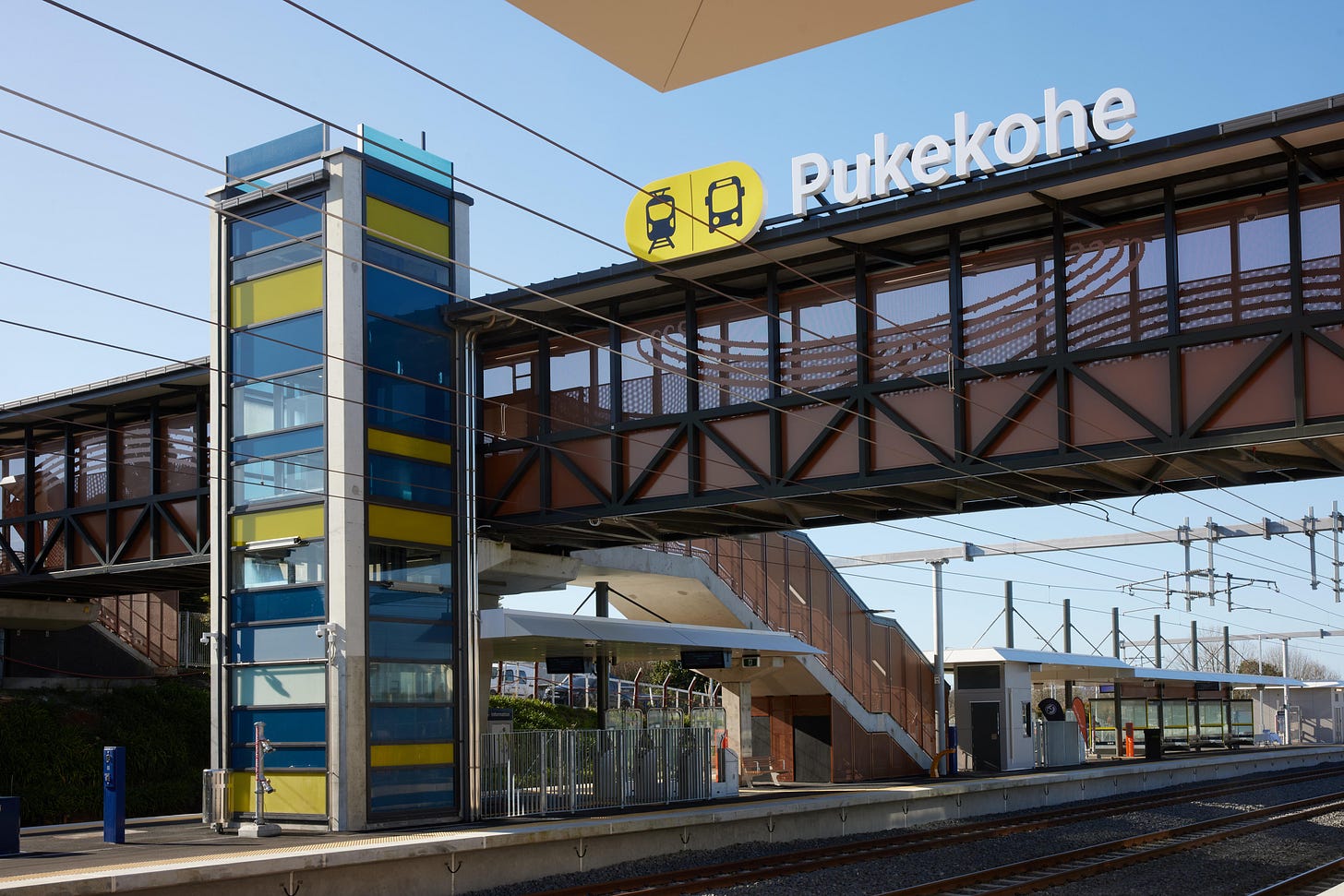
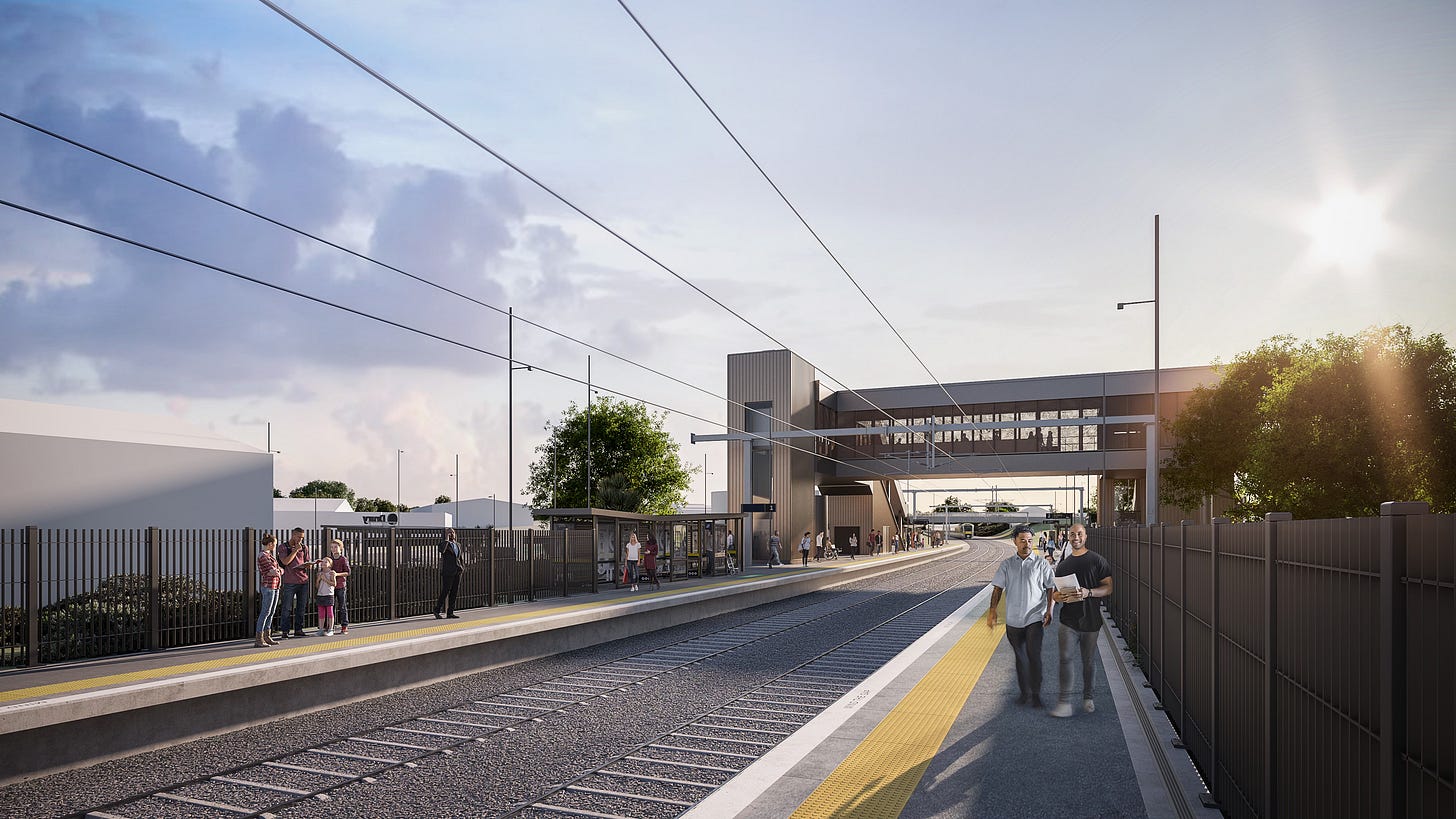
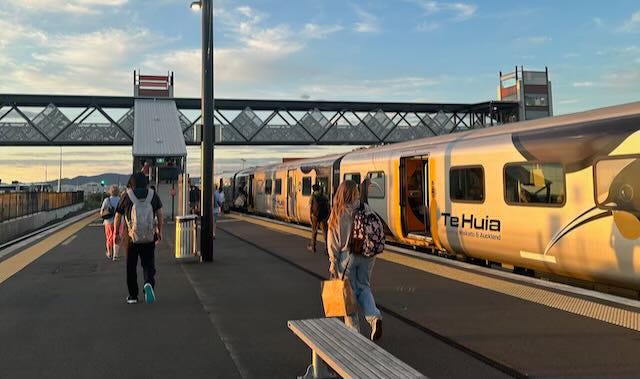
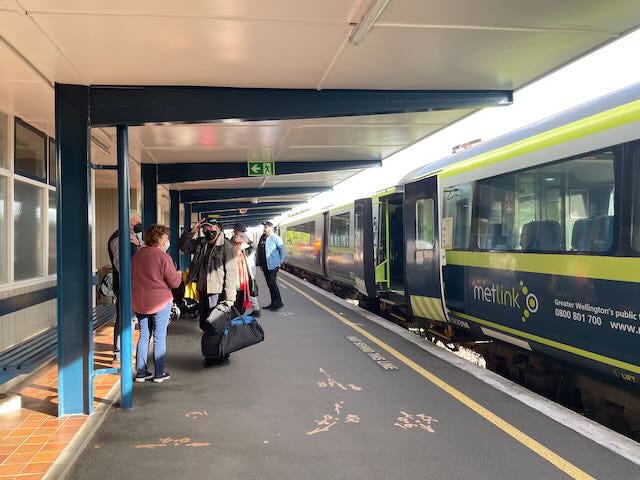
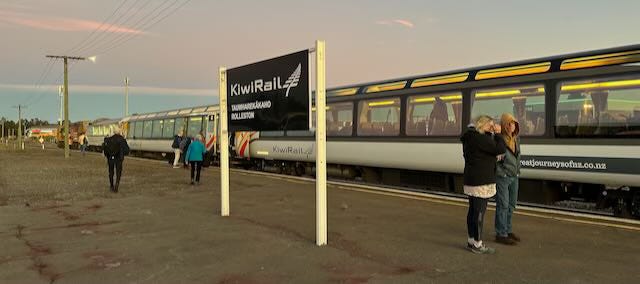
The Southerner possibilities and the rail corridor running from Ōtautahi / Christchurch through Ōtepoti / Dunedin, and on to Waihōpai / Invercargill, is an interesting one. As a rail industry person, now based in Queensland, the differences in the quality of the physical rail infrastructure between Queensland and Aotearoa / New Zealand networks is striking.
In too many cases, in New Zealand, the rail corridor is a goat track, undulating through the contours of the landscape, and making competitive speeds, very difficult to achieve. However, the Southerner rail corridor is an exception to the New Zealand norm.
The recent Southerner trials appear to have been able to operate at 100kph line speed on the current track. It has to be noted that this was off-season, without the summer heat restrictions that could hobble a regional rail corridor like this. Nonetheless, it appears that this rail corridor could be bought up to year-round 100kph capability at a relatively lower cost, compared to other corridors. Of course the notable exception is the slow, but very scenic portion of the journey south of Oamaru. In the past, steam trains were regularly recorded at 120kph and higher north of Oamaru, which would be the next, entirely do-able step, for a regional passenger revival.
For context, here in Queensland, the portions of the SEQ commuter rail network have a line speed of 140kph, and of course the tilt trains operating north of Brisbane operate at up to 160kph on the same narrow gauge as Aotearoa / New Zealand.
Mention of the brilliant new CRL station designs prompted me to realise how the station names cleverly relate the narrative of the locations on the journey from west and south: arriving at the high point on the line (Maungawhau); passing under the ridge (Karanga-a-Hape); alongside the stream (Te Wai Horotiu); and landing at the harbour’s edge (Waitematā).
Some very smart and holistic thinking there … and what a contrast to the boorish, ignorant racists who leap onto every CRL/AT Facebook post complaining that tourists won’t know where they are.